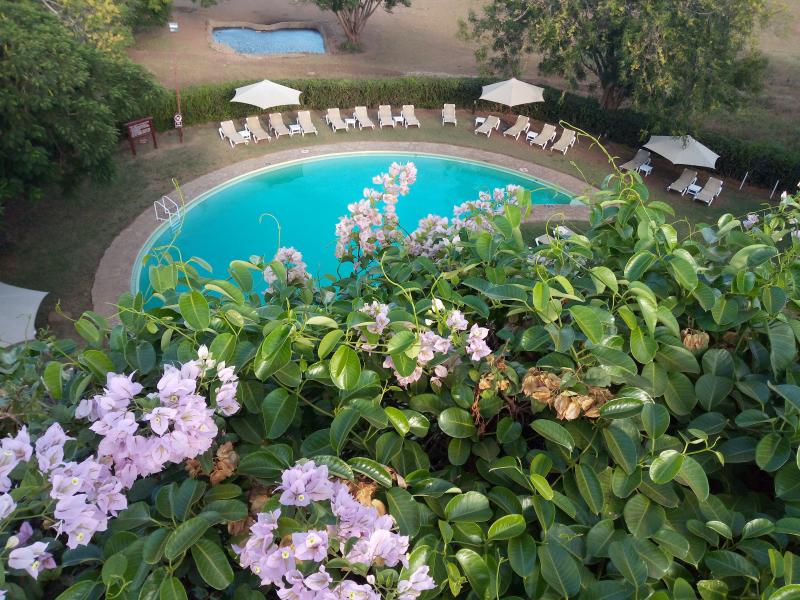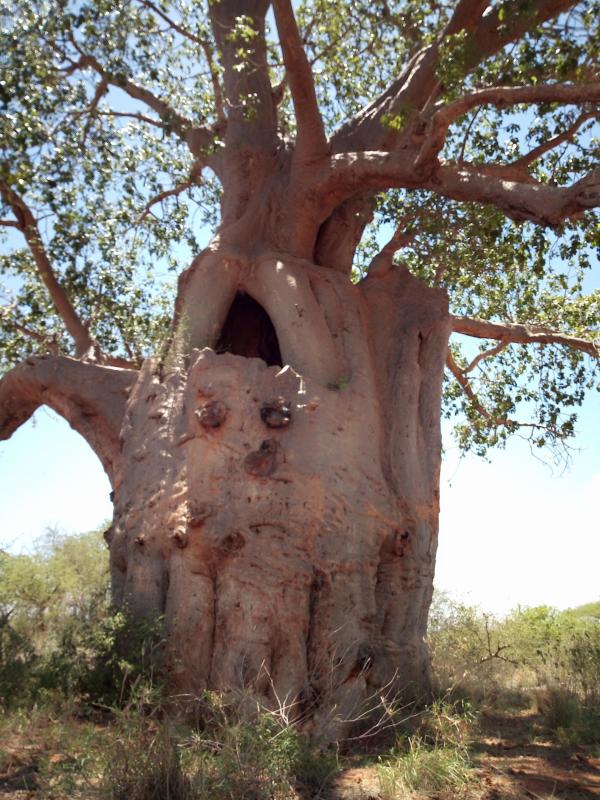
I visited Taita Taveta for the first time six years ago. I was a new father eager to show my 11-month old son some wild ways. At first glance, I did not make much of the area. First, the Voi-Taveta road was only rivaled by the lunar landscape. There were various detours as rehabilitation got underway. Next, the January heat had created a windswept landscape no budding tourist could fathom.
The arduous journey was however compensated by the beautiful Salt Lick Lodge which was our haunt for the next two days. Sitting on stilts, it is one of the most enchanting getaways in this part of Kenya. It is also one of the best locations to view elephants, thanks to a waterhole next to the main guest lounge.

A few weeks ago, I was back in Taita. The road to Taveta that in part cuts through Tsavo West National Park is now a marvel. This time however, I was more interested in the rich legacy left here during the First World War. What, you may ask, does war have to do with tourism? Everything. The historical significance of Taita Taveta is so vast that Sarova Hotels has crafted an itinerary based on the war. They call it Battlefield Tourism.
We had arrived at Taita Hills Lodge on a Friday afternoon. Our team that comprised a number of scribes and officials from Kenya Tourism Board was covered in a thin film of dust from head to toe, having driven from Kitui, around 300 kilometres away. By the way, I have never understood why hotel staff gives out those wet cloths to wipe the messy faces rather than direct the guests to the bathrooms immediately upon arrival!
As has become the custom, we spent the first few minutes taking photos that we never get to use anyway. How many times have you had to delete what you thought were award-winning photos so that you can free space on your phone? But I digress, again.
Having refreshed, we went out on a brief game drive in the nearby Taita Wildlife Sanctuary. Our drive was immediately rewarded with several sightings of lions, lots of elephants and buffaloes, and even the elusive leopard. It is not always that you get to spot four of Kenya’s Big Five within 30 minutes.
Back at the lodge, Willie Mwadilo, the affable and fatherly manager of the twin lodges regaled us with the war tales for a good part of the evening. So serious does the lodge take an interest in the matter that it has opened a small museum where war artifacts dating back more than 100 years are stored. The following morning, we joined Richard Obanda, the senior Warden for a drive around some of the war sites we had heard about the previous night.
The Germans vs the Brits
First on the list was a brief walk on the old Voi-Taveta railway line. As we learnt, this line was exclusively built to ferry British soldiers and supplies to Maktau where a large military camp and first airstrip in East Africa lay. It was the intention of the Germans from Tanganyika to bomb a nearby railway bridge and incapacitate the enemy. The nearby Mashoti Fort (Africans could not pronounce “more shots”) though greatly eroded is still visible.
A few kilometres from Taveta town is Snipers Baobab, a giant tree with a large hole where it is said a German woman waylaid British troops, killing many. You can try your climbing skills here if not afraid of bees. Opposite the tree is Salaita Hill (Salaita is a corruption of the word ‘slaughter’), one of the well known of the battlefield sites. It is here that the British suffered massive losses. Located between Pare Mountains and Kilimanjaro, Salaita Hill provided sweeping views over much of Taita, giving the Germans an upper hand since they could spot the approaching British from miles away.

However, it is the former Taveta Police Station that gives the strongest clues as to the veracity of the war. It was from here that the then Acting District Commissioner fired the first shot that killed a German soldier named Broecker. That shot signaled the entry of East Africa into a war that many locals knew little about.
Sadly, despite the rich history, most of these sites are in a state of decay. In addition, while there are elaborate war graves for the Indians and Europeans that died during the war, there is none to commemorate the thousands of Africans who died in that war. It is said that due to poor communication, these Africans continued fighting for their respective colonial masters long after the war had ended in Europe! Whatever the case, battlefield tourism around Taita Taveta will open your eyes to the region’s rich historical significance.
Stay informed. Subscribe to our newsletter
 The Standard Group Plc is a
multi-media organization with investments in media platforms spanning newspaper
print operations, television, radio broadcasting, digital and online services. The
Standard Group is recognized as a leading multi-media house in Kenya with a key
influence in matters of national and international interest.
The Standard Group Plc is a
multi-media organization with investments in media platforms spanning newspaper
print operations, television, radio broadcasting, digital and online services. The
Standard Group is recognized as a leading multi-media house in Kenya with a key
influence in matters of national and international interest.
 The Standard Group Plc is a
multi-media organization with investments in media platforms spanning newspaper
print operations, television, radio broadcasting, digital and online services. The
Standard Group is recognized as a leading multi-media house in Kenya with a key
influence in matters of national and international interest.
The Standard Group Plc is a
multi-media organization with investments in media platforms spanning newspaper
print operations, television, radio broadcasting, digital and online services. The
Standard Group is recognized as a leading multi-media house in Kenya with a key
influence in matters of national and international interest.











